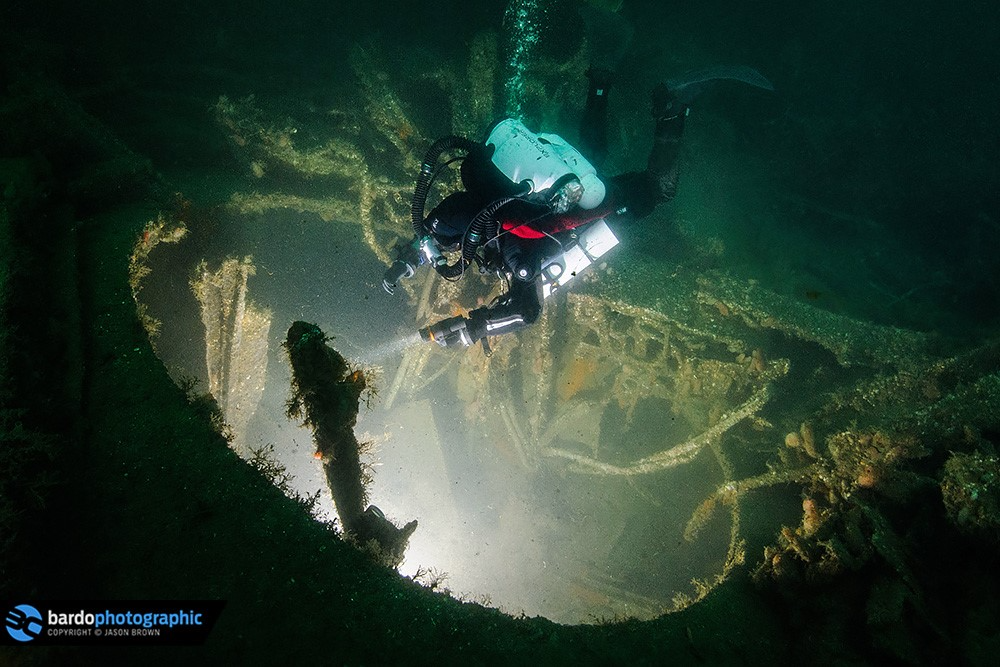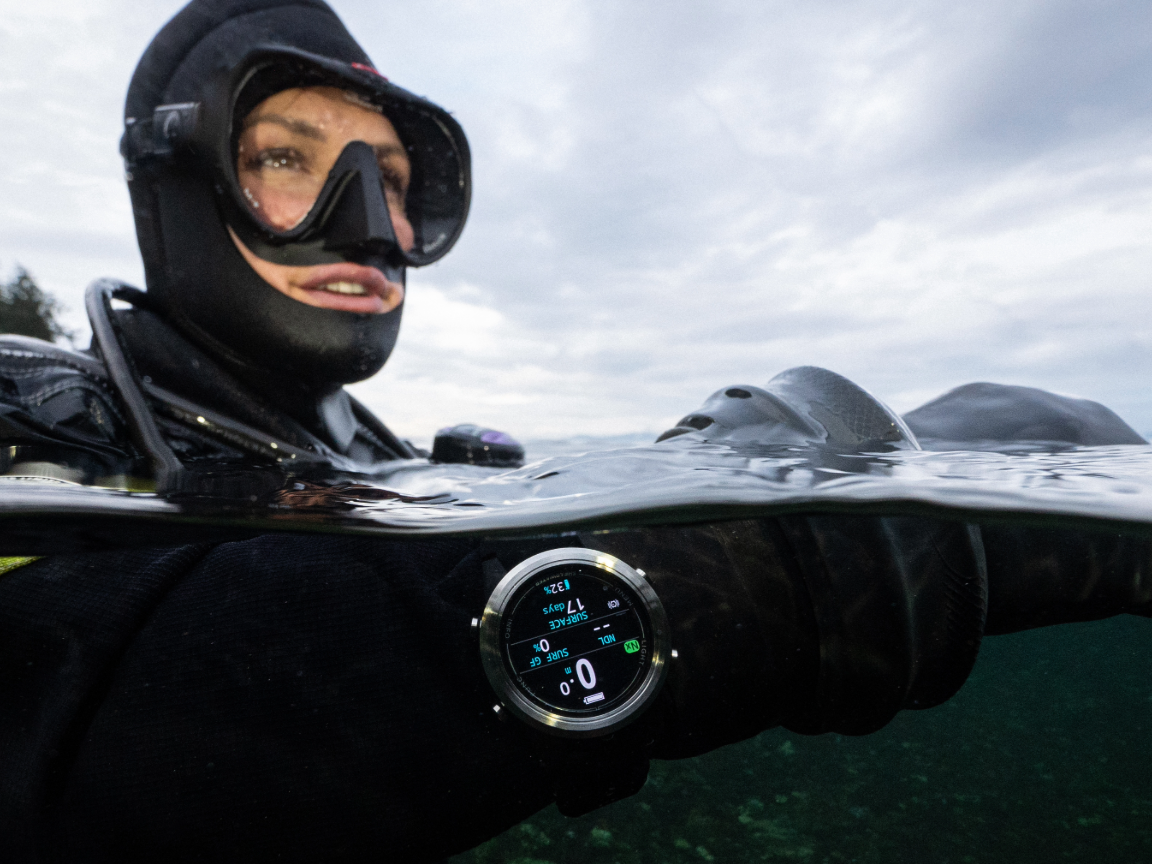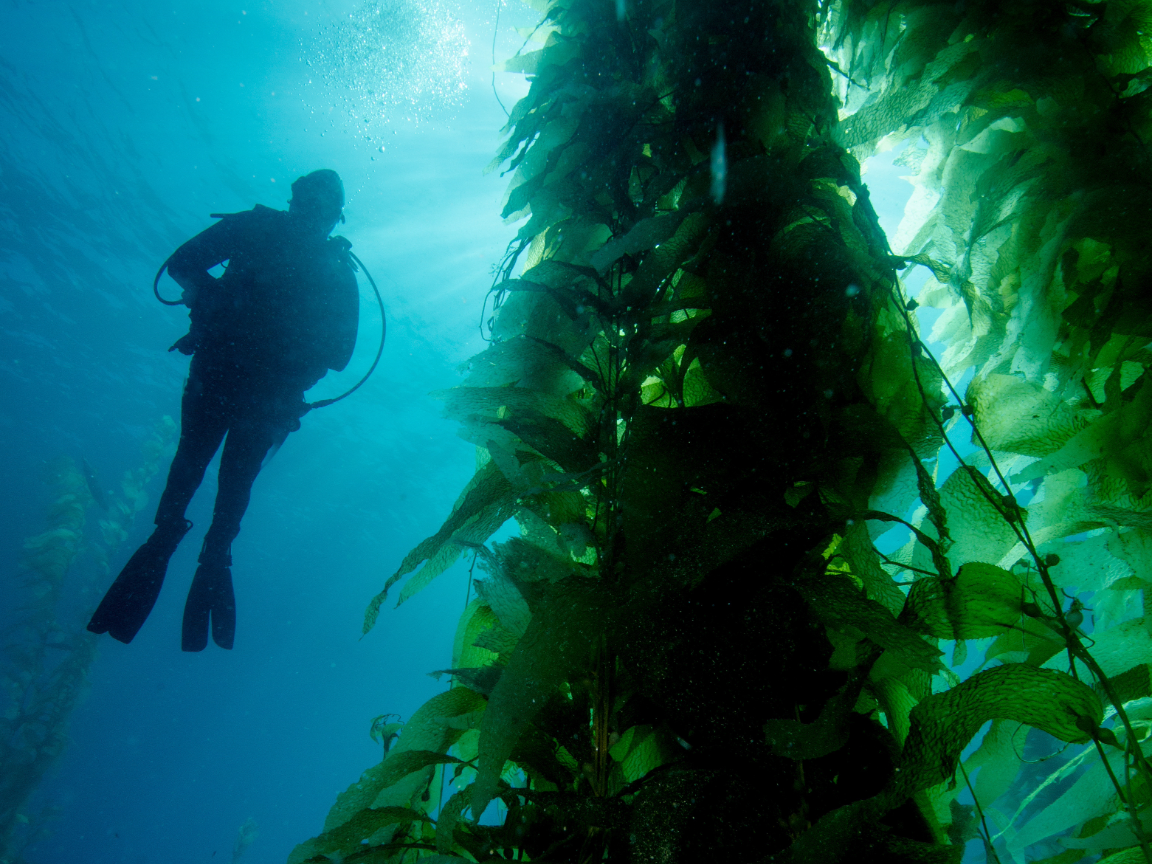
Naval History and Heritage Command (U.S. Navy Brig Somers).
Delving deeply into the research of a shipwreck prior to exploration, alters the experience from witnessing scrap metal and wood to visiting a sunken museum where the crew struggled for survival in a different era and found their maker in a watery grave. It’s with that spirit that I dug into researching the US Navy Brig, Somers. I was granted permission to dive the wreck on two separate occasions in spite of being in the middle of the Veracruz shipping channel in 110’ of murky, limited-visibility water. On both occasions, I came away with a sense of awe and terror as to the history of this remarkably well-preserved Somers wreck site.
A Little History.
Mutiny

Alexander Slidell MacKenzie - Naval History and Heritage Command. (U.S. Navy Brig Somers).
In 1842, Captain Alexander Slidell Mackenzie was leading an experimental training cruise in the Atlantic with a crew of 120 on board the 100’ Somers. On the return leg back to America, on the 26th of November, an incriminating document was produced written in Greek with the names of those said to be “certain” or doubtful” and those to be kept, “willing or unwilling”. It appeared to Captain Mackenzie that a mutiny was being planned on his ship. Three suspects were brought to his attention, midshipman Philip Spencer, boatswain mate Samuel Cromwell, and seaman Elisha Small. Apparently, Spencer had spilled the beans and confided with Officer Gales the night before of his intention to kill the commander, the officers, and a considerable portion of the crew, and to convert Somers into a pirate ship. When pressed by Captain Mackenzie, Spencer responded “I may have told him so, sir, but it was in joke.”
Spencer, Cromwell, and Small, along with four others, were placed in chains on the open deck. Mackenzie faced a real problem; he had no safe place to keep his prisoners and he was unsure if there were more mutineers in the ranks. He asked his officers for their opinion. They interrogated members of the crew and offered their advice on November 30th. To execute Spencer, Cromwell, and Small as punishment and do so quickly to re-establish control of the ship for defying the absolute authority of a Captain and his officers. The three men were stood on the deck with hoods over their heads and nooses placed around their necks. Mackenzie gave the order to fire the cannon that signalled the crew to haul on the lines and hoist the three kicking bodies up the yardarm, where they struggled until death overtook each. Later that day, all three were prepared for burial, and in front of the crew, one by one the bodies splashed into the sea.
Somers reached New York on December the 14th and news of the mutiny spread quickly, reaching Spencer’s father, Secretary of War John Canfield Spencer, who openly criticized Captain Mackenzie’s decision. That he could have waited to reach port in the Virgin Islands in four days. A full court martial on charges of murder, illegal punishment, and conduct unbecoming an officer was ordered and lasted two months. The Captain was acquitted, but his career was over. A significant result of the Somers Affair was the abolishment of training ships and the creation in 1845 of a school ashore, now the United States Naval Academy, at Annapolis Maryland.
Herman Melville’s novella, Billy Budd, was inspired by the events that occurred on Somers. His cousin, Guert Gansevoort, was the First Lieutenant on board and one of the officers who recommended the death penalty.
Sinking
Seamen are a suspicious lot and as word spread of the Somers incident, the ship gained fame of being haunted and cursed. The navy was undeterred about the ship’s reputation and dispatched it to enforce the naval blockade of the port of Veracruz during the Mexican-American war in 1846.
On December 8, 1846, under the leadership of Lieutenant Raphael Semmes, the lookout spotted a runner and Somers tacked to intercept it. A squall had caught up with them during this maneuver and the brig rolled throwing men and loose gear. Clinging to the rigging, Semmes knew he had one chance to save the ship. “Cut away the masts!!” It was too late, the brig was filling fast. “Every man save himself who can”. Somers sank 10 minutes after the squall hit, the most notorious ship in the US Navy was gone, and with it 32 crew members.

Naval History and Heritage Command (U.S. Navy Brig Somers).
Somers was discovered June 2, 1986 by American George Belcher and identified by friend and colleague, marine archeologist James Delgado along with Mexico’s INAH (Institute of National Anthropology and History). The latter pledged to preserve and protect Somers from looters.
Dives
With this historical background in mind, I petitioned and received authorization to dive the Somers. I immersed myself in documents and manuscripts on the ship’s history, and with fellow Kaxaan Nautical Foundation technical divers Miguel Fernández, David Fatzinger, and Luis Sanchez, we planned out our dives. The remains of the vessel rest in 110’ of water, which is within recreational dive limits but with limited bottom time, so we planned for a longer visit with 80cf double tank setups and a 50% Nitrox mixture for deco. We had heard about the limited visibility and included extra lights and our line reels should we have to search for the wreck from our anchor’s position.

Author Peter Tattersfield with a canon. Photo courtesy of Luis Sanchez.
I cannot provide the location of the site but know that it is in the middle of the channel of the busiest industrial port in Mexico’s Gulf Coast, Veracruz. We dropped anchor, deployed our dive flag, geared up, reviewed our dive plan, and discussed the potential hazards of silt outs and emergency procedures in the event we became separated.

Miguel Fernandez, David Fatzinger, Luis Sanchez, & Peter Tattersfield prepare to drop overboard to dive the Somers.
We rolled back at 7:30am overloaded with redundant gear including backup computers, and began the descent down the anchor line through a green haze with very limited visibility and the ever-audible engine noise of container ships nearby. On reaching the bottom, we gave our wings a little hit of air to keep off the bottom and tied a reel off to the anchor and started our search ever mindful that a fin kick into the fine silt bottom would reduce our already limited 10’ visibility even further. Within ten minutes of arrival on the bottom, a form started taking shape through the haze as Somers came into view.
The ship’s 100’ form is largely intact even after being submerged for almost 180 years, thanks to the copper sheeting that once protected the hulls. A long, slow decay of the collapsed wood decks is visible and as a result, many of the ships artifacts lie on the seabed exactly as they did on the decks and in the holds: iron canons, anchors and chains, the ship’s stove, and numerous brass fittings and spikes. We came across the cast iron galley stove of the brig near the bow. Anything that was inside the hull would in theory still be there, resting under the collapsed layers of rotten wood and corroded iron. I swam past what appeared to be a coffee mug and a small orange jar. We made our way to the stern and I imagined the spot where Spencer, Cromwell, and Small sat chained on November 26, 1842 awaiting execution. The ten 32lbs cannons become visible and I peered back towards where the masts would have been. I visualized that canon firing and the crew hoisting the three helpless, hooded sailors up the yardarm, kicking and screaming as they fought for breath. I swear I heard a scream!

After 35 minutes over the wreck, we re-grouped at the anchor to check our vitals and slowly start our ascent to the surface. During our decompression stops I thought about Somers and the events that unfolded on its decks that changed the direction of the US Navy. As the remains vanished from view, Somers rested alone in eternal darkness and if it's broken hull could speak, it would certainly ask to be left alone in the solitude of the sea.
Sources:
Delgado, James. “A Cursed Ship.” In Search of Famous Shipwrecks. New York, MJP Books. 2004. pp. 48-61.
García-Barcena, Joaquín. “El brig U.S.S. Somers”, Arqueología Mexicana No. 105, 2010, pp. 39-42.
Naval History and Heritage Command
---




